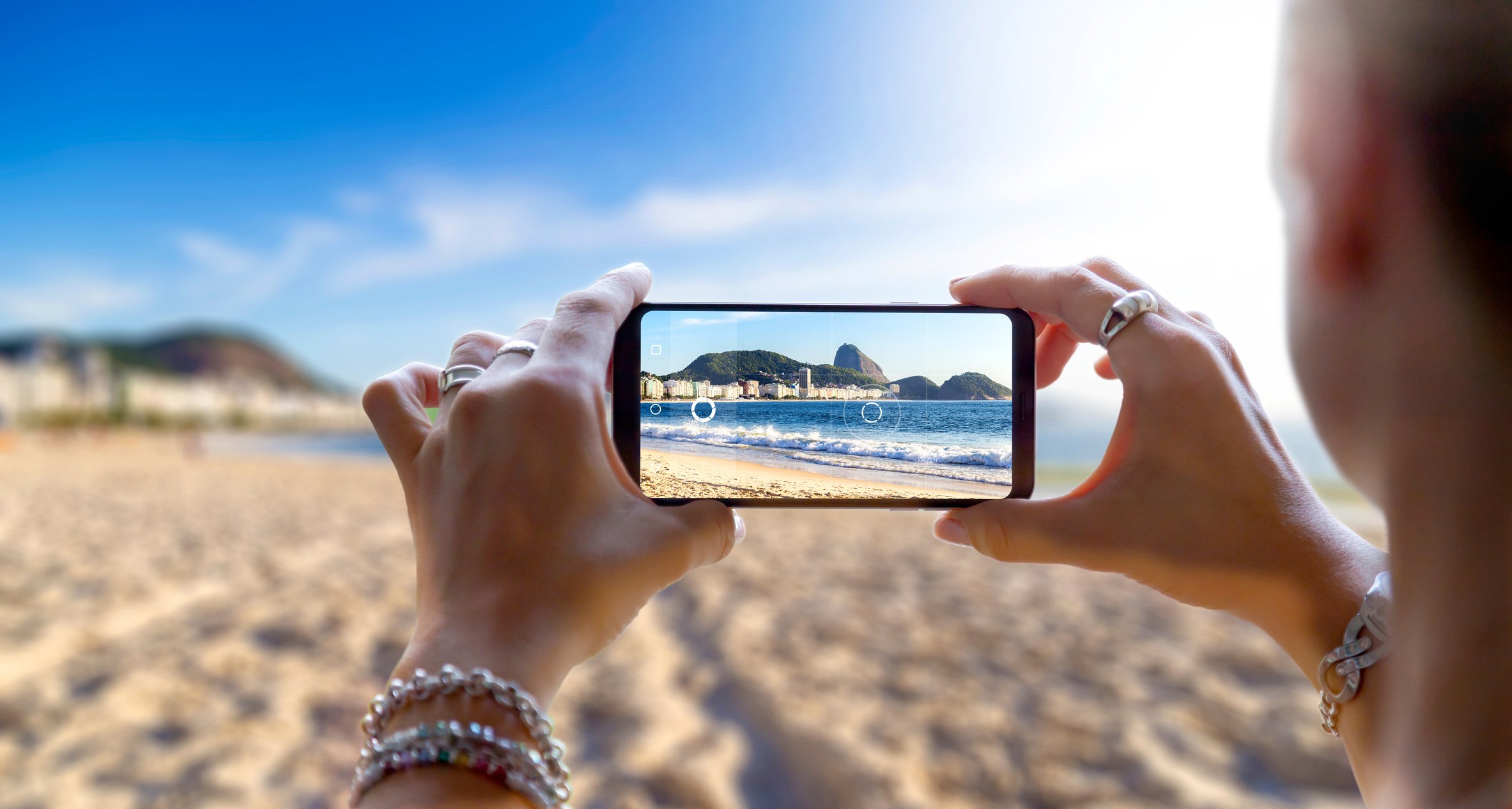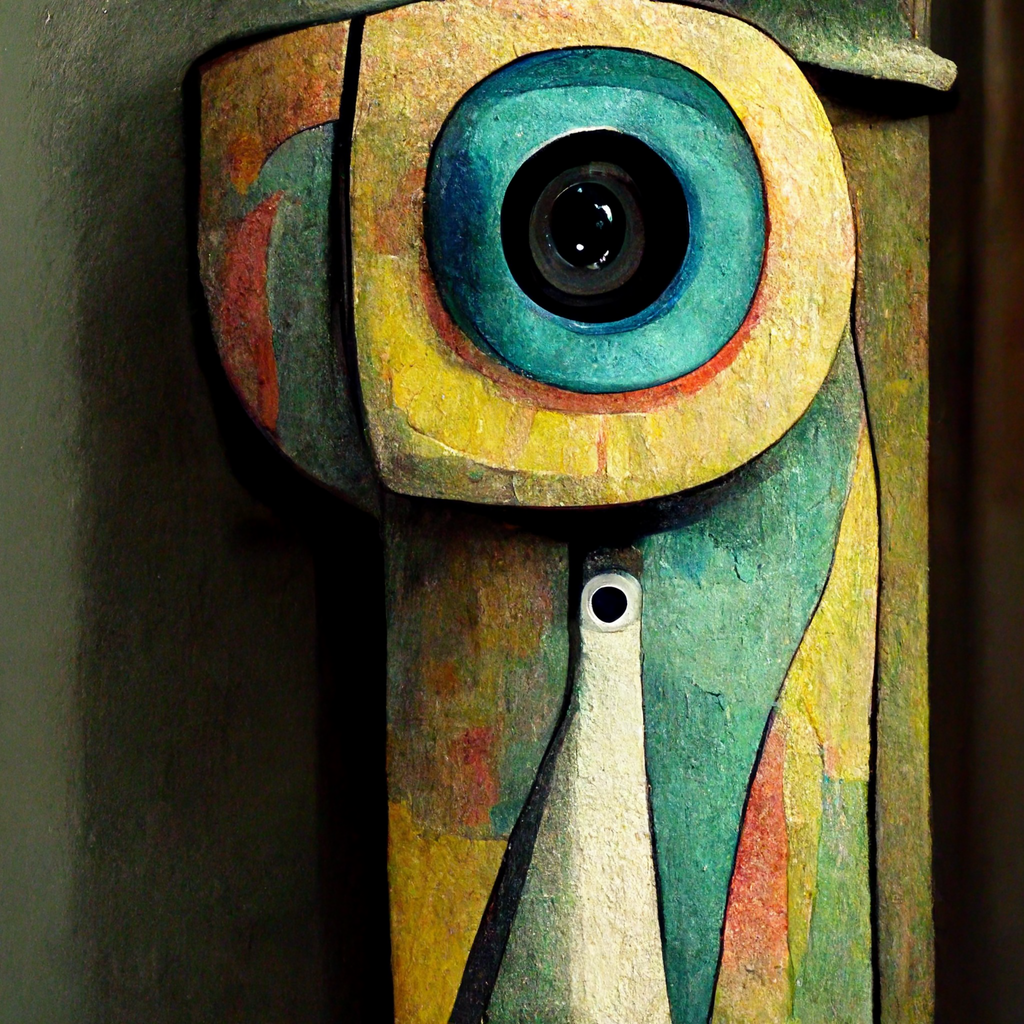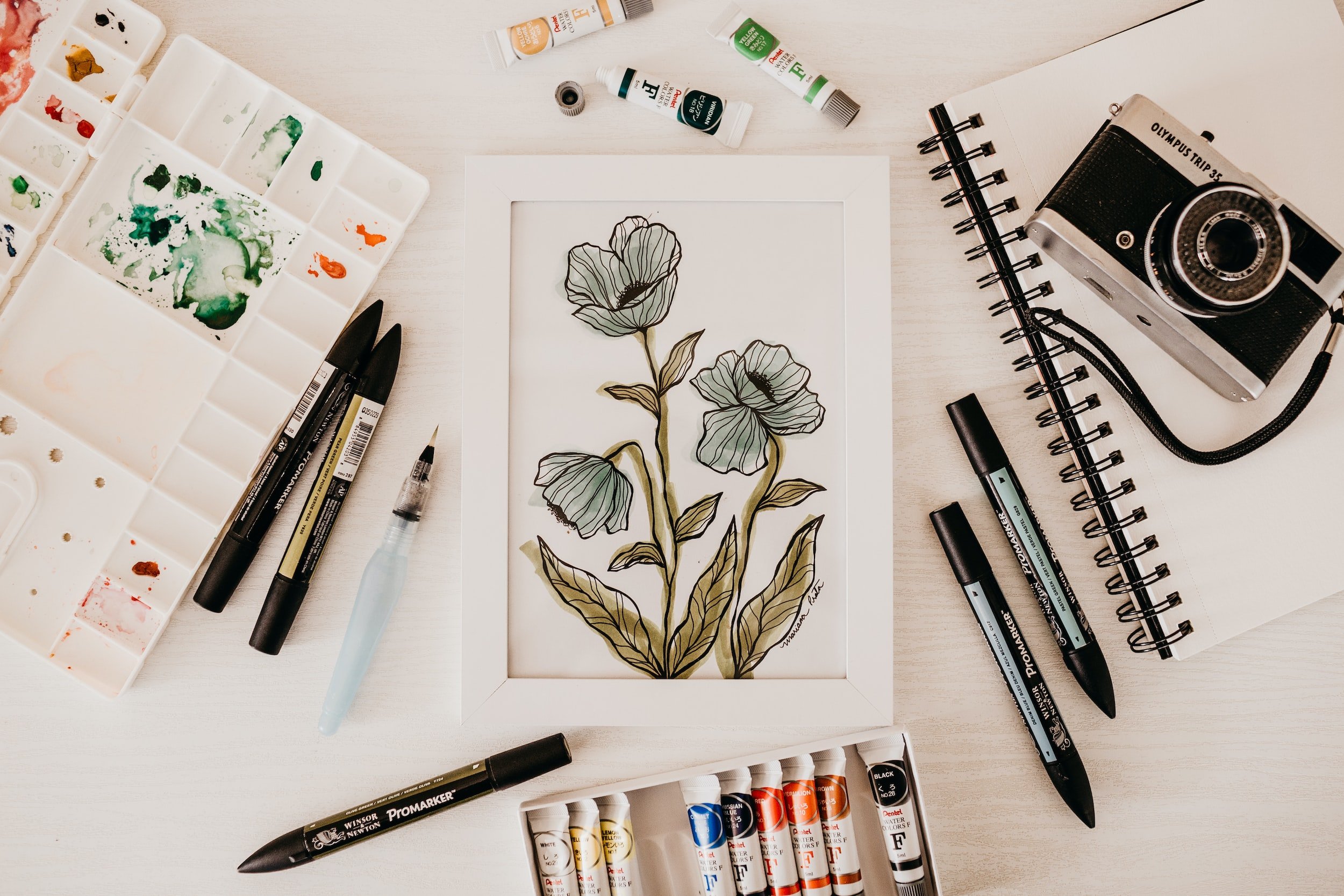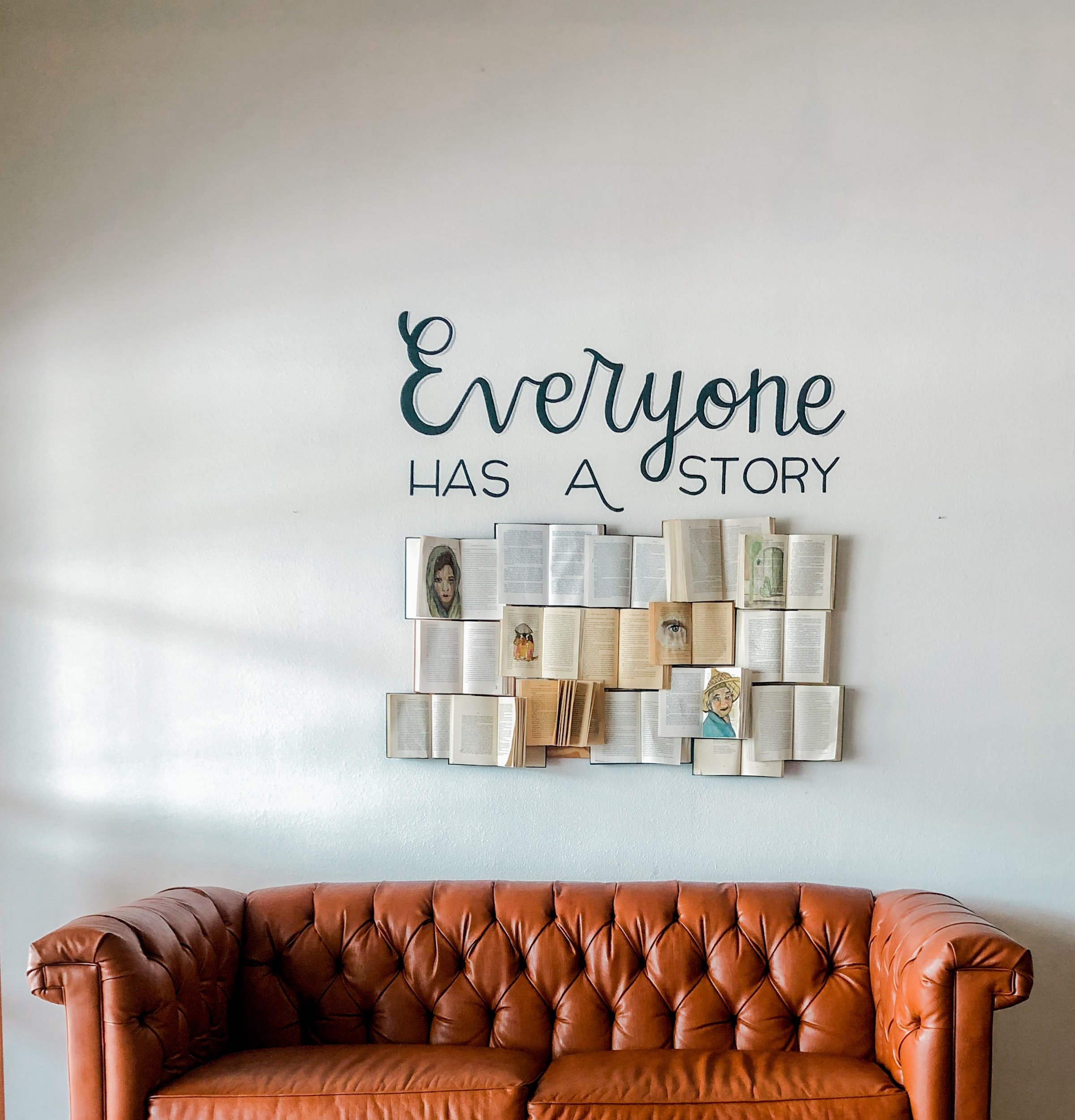Image Use and Reuse
Do you want to use images in your books or articles?
Academic writing is not always writing! Pictures and media enliven our writing, and can be important for showing concepts and contexts.
If you create or commission original photographs, diagrams, or artwork, you own the intellectual property and can freely use the images in your publications or presentations. However, if you find images online, in other publications, or in image databases, you need to get permission to use them in your own work. In either case, you need to consider the quality of the image, and ways to submit it with the manuscript.
These two webinars from Sage’s How to Do Research and Get Published series can help you consider image integrity, and obtain the appropriate permissions for use of images in publications and presentations.
Image Integrity
Hosted by Sage’s Elaine Ellerton, Adya Misra, and Jessica Offenberger and featuring a Q&A session with two prestigious researchers and editors in their field of study, Dr. Grant Maxie and Dr. Paco Uzal, the webinar provides essential guidance for anyone hoping to get published in an academic journal.
Copyright, Permissions, and Author Reuse
Hosted by Sage’s Sean Scarisbrick, Adya Misra, and Jessica Offenberger discuss how authors can ensure that their research is conducted in an ethical manner and how to uphold research integrity. Topics will include how to determine which ethical approvals need to be secured, if any, and how to write any necessary ethical statements.
More Methodspace Posts about Visuals in Research and Publications
Typically, interviewers are accustomed to using words: we ask questions, we prompt follow-up responses, but the same principles of visual communication are true for research exchanges. Find tips and examples in this post.
Images contain information absent in text, and this extra information presents opportunities and challenges. It is an opportunity because one image can document variables with which text sources (newspaper articles, speeches or legislative documents) struggle or on datasets too large to feasibly code manually. Learn how to overcome the challenges.
Video capture is ubiquitous. What does it mean for researchers, and how can we analyze such data?
This collection of open-access articles includes qualitative examples of analysis strategies to use with multimedia video data.
How do we understand and interpret visual or video data? See these open-access articles for ideas and examples.
To learn more about the varied ways to collect, elicit, or generate data with creative and visual methods, consult these sources.
In this interview Gillian Rose and Janet Salmons discuss visual methodologies and methods, and the fifth edition of Rose’s important book, Visual Methodologies: An Introduction to Researching with Visual Materials.
Images or other creative expressions generated by participants can offer rich sources of data. What are the ethical issues in such studies, and how can we navigate them? Find examples and guidance in this collection of open-access articles.
Listen to Suzanne Culshaw and Suzanne Albary discuss visual methods in research.
In this interview Daria Khanolainen explains how she used graphic vignettes to study school bullying, and the usefulness of this approach for studying sensitive issues.
Welcome to December 2022 and a focus on creative, visual, and arts-based methods!
Postcards offer a visual opportunity during research and when sharing results.
We are discussing visual and engaging ways to communicate research. Sometimes we are communicating with ourselves, with a research journal.
Making an effective scientific poster is about standing out from the crowd and presenting your hard work in the best light. But choosing a cohesive, eye-catching and stylish colour scheme is easier said than done. With no help from your design software’s default colour palette, and infinite colours to choose from, it can be overwhelming.
Learn about conducting and writing about hybrid ethnography that includes online and offline methods.
Interested in visual communications and research? Watch this interview with Dr. Curie Scott for an explanation of phenomenographic research.
This open-access collection of articles shows the range of research uses for comics!
How can comics play a part in a research journey? This post is the first of a 3-part series from Lydia Wysocki.
This month let’s go beyond words in academic communications!
Visual techniques for writers.
Learn about using qualitative data visualization in visual storytelling.
Bernadette Wright and Steve Wallis introduced knowledge mapping as a part of the evaluation profess.
Learn to use the iterative visual map search tool in SAGE Research Methods.

























Academic writing is not always writing! Pictures and media enliven our writing, and can be important for showing concepts and contexts.